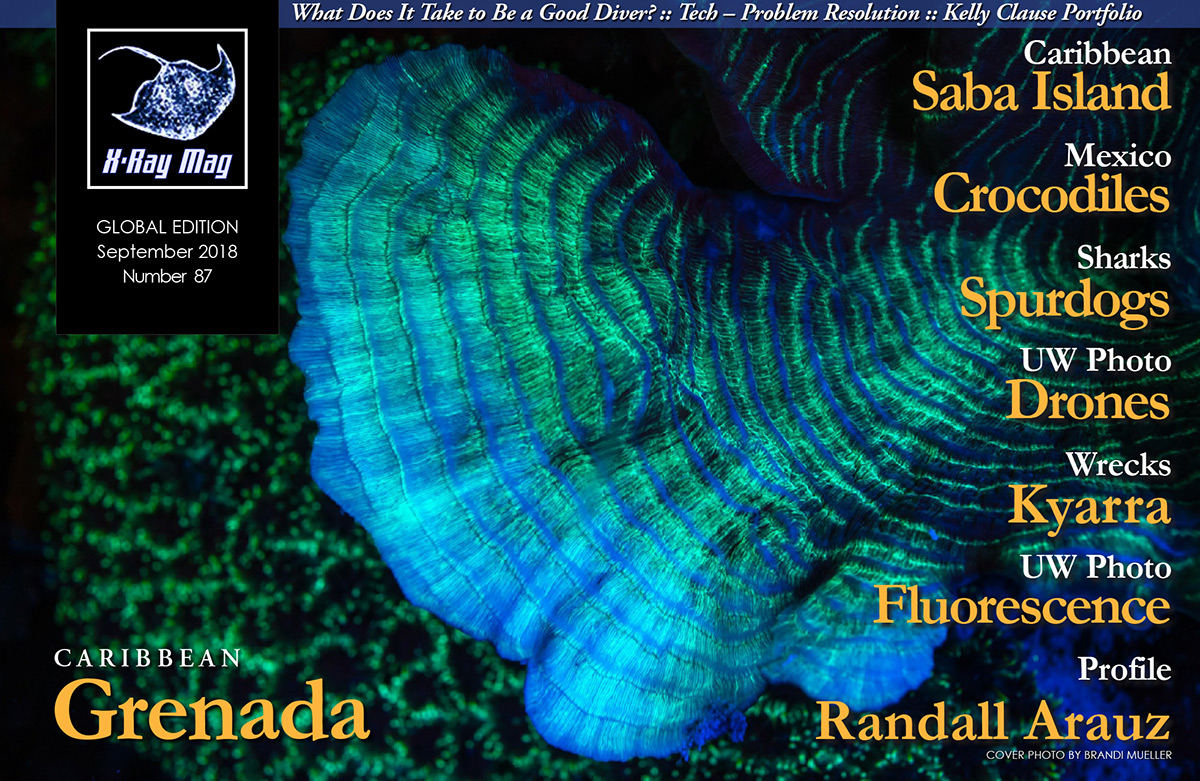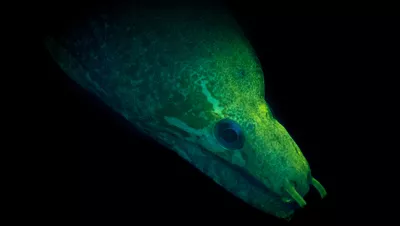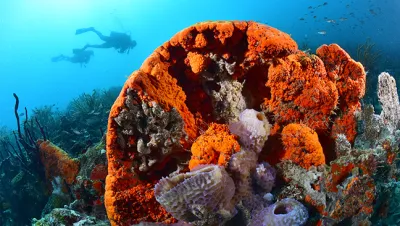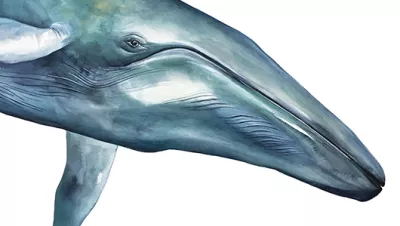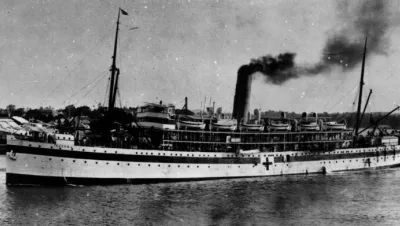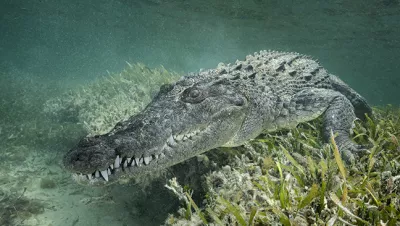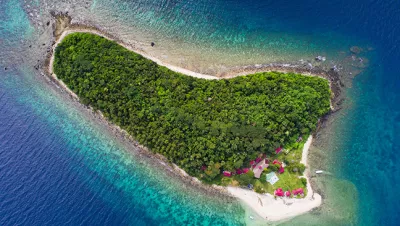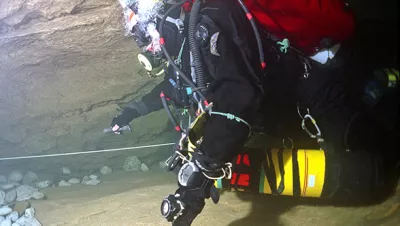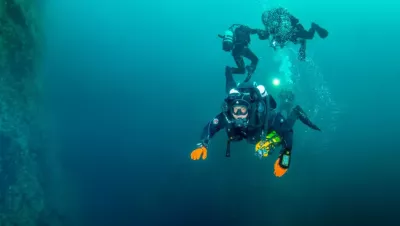Fish feel pain, or don’t they? Despite a growing body of sound evidence that fish do indeed feel pain and are sentient beings capable of all the types of cognition found in the “higher” mammals, with the possible sole exception of the ability to imitate, a group of critics seems to systematically seek to discredit this research. But for what reasons? Ila France Porcher takes a closer look at the stakes involved.
